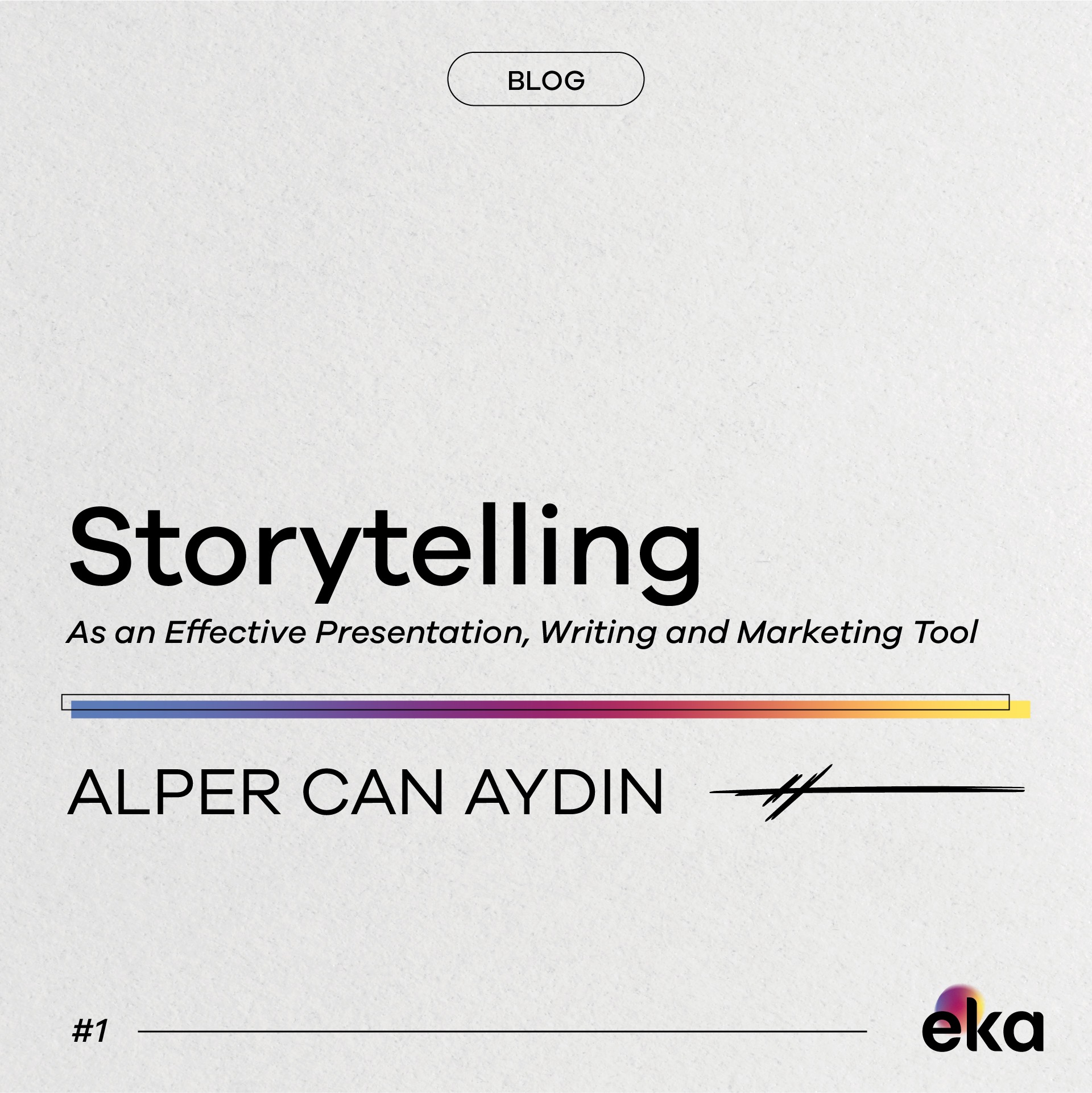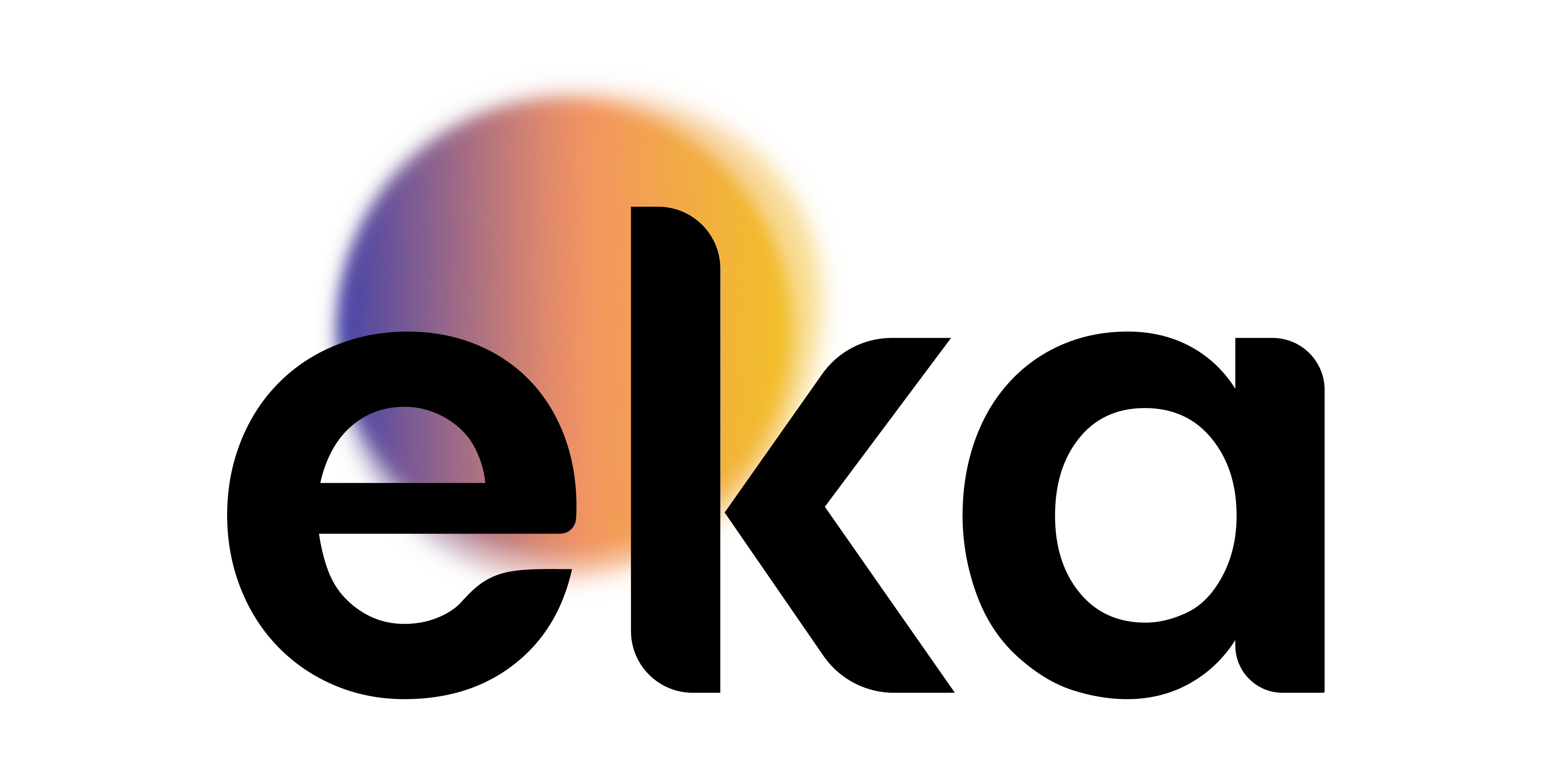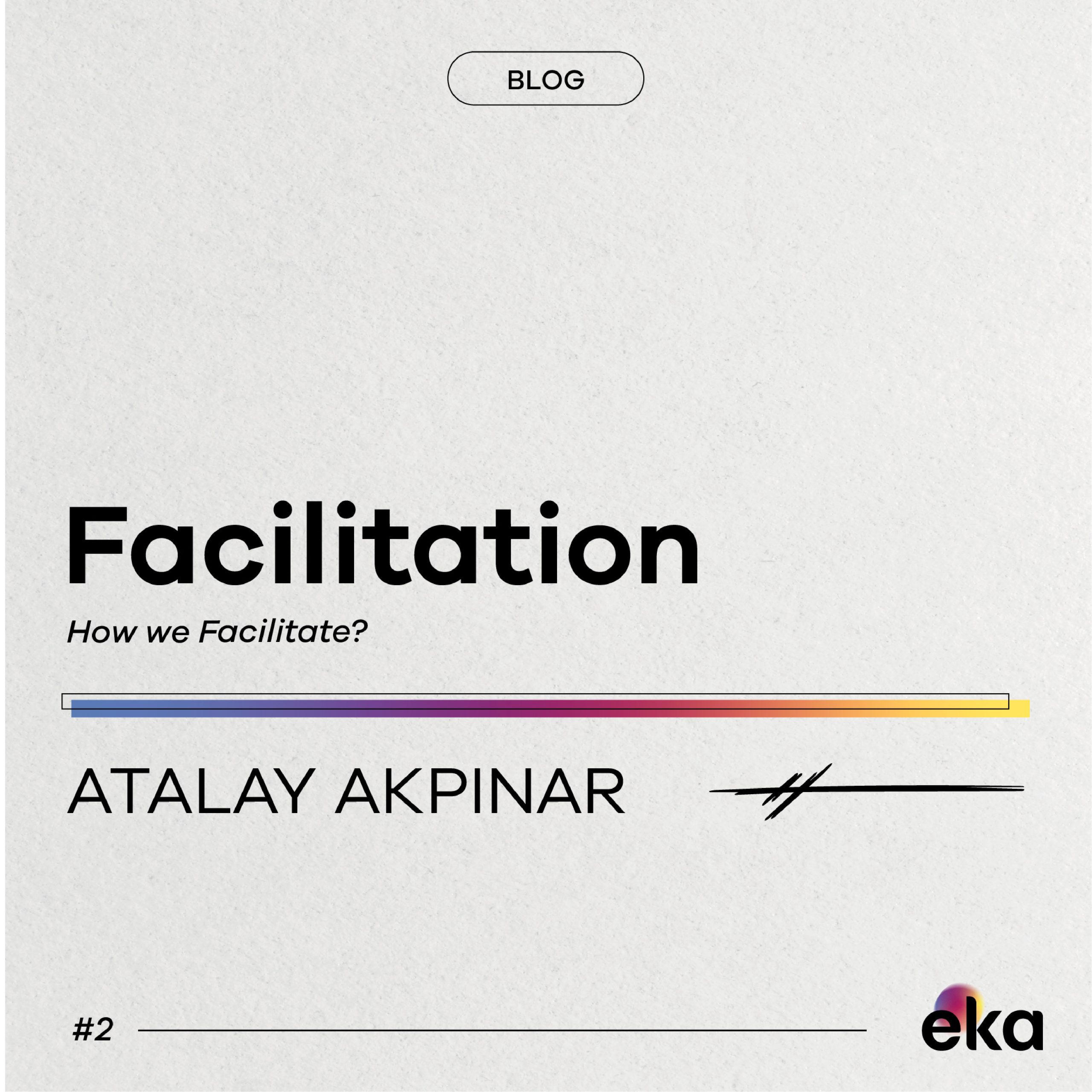
Storytelling As An Effective Presentation, Writing and Marketing Tool
If the consumer’s interest in the content, the duration of their interest, and the efficiency of the content are evaluated, the effect of storytelling methods on the whole process can be greater than you imagine. According to author Joe Lazauskas, stories help us remember and care, and that’s because our brains are programmed for stories. I wrote this article, which compiled my knowledge and research on storytelling, to finally enable all readers to use storytelling techniques as a tool to produce more effective content.
Before you continue reading, I have a question that I think it would be good for all of us to brew in mind throughout the article: Have you ever had a movie/book/music/project that nobody liked but you liked? And/or: Have you ever had a movie/book/music/project that everyone liked but you didn’t?
We don’t have to answer these questions right now.
So why should we incorporate storytelling techniques into our production processes and even into our personal lives? It is possible to answer this question briefly and clearly. Storytelling:
- contributes to the impact-making process.
- supports the creation/production process.
- helps to express, disseminate and sell ideas.
- develops public speaking skills.
- supports our social relationships.
- and, improves our Tinder profile (we’ll come back to this later in the article).
It is inevitable that the question “how can storytelling have such an impact on such a wide area” comes to mind. We can examine this question through the definition of storytelling: Storytelling; is the name given to the use of storytelling methods to reach the target audience, connect and touch emotions. It aims to attract the attention of the listener/viewer/reader (whatever our medium is) as soon as possible, to enable them to connect with the content and maintain this commitment. For this reason, we can say that these techniques can be adapted to be used in almost all areas of life.
Storytelling methods:
- Start with “why”.
We must give the listener a reason to spend time with us and/or our content. I can say that this reason is usually the “curiosity” we arouse in the consumer. As a concrete example of this company.
To give other examples:
- (Instagram video caption) I’ve never experienced anything like this in my life AHAHAHA I’m laughing and screaming.
- (Instagram video caption) Checkmate in just 4 moves… (chess)
- (Content headline on a news site) Earthquake expert cried: DON’T…
- Keep your word.
We often make promises at the beginning of our content to give the listener a reason or arouse curiosity (I hope my assurance that you’ll be a better storyteller at the beginning of this content has served that purpose). However, one of the most important points we should pay attention to in this regard is that we should not make promises that we cannot keep. It should not be difficult to predict that if we do not fill in the words we will say to attract attention, we will damage the trust in our platform and lose readers/customers in the long run.
For example:
(False news headline) Scientists have developed a new type of virus that can destroy all types of cancer!
- Understand your platform.
It is not enough for us to decide how we tell our stories. Because the platform on which the story will be published has a great influence on the format of the story. For example, let’s examine what changes should be made when sharing the same video content on Instagram and YouTube platforms, taking into account the user profiles and the structure of the platform:
Instagram:
- More mobile users
- Low focus level (scrolling on the bus/toilet)
- Short length content
- 9:16 (vertical) aspect ratio
- Less text, more visual content
YouTube:
- More desktop users
- High focus level
- Long length content
- 16:9 (horizontal) aspect ratio
- More balanced text/image content ratio
If you want help about the content format for other platforms, you can search by typing “best practices” next to the name of the platform, and use the recommendations that you think are compatible with your content among endless tips.
- Narrative/Excitement graph:
If we need to idealize and chart the excitement that consumers experience during their time with our content, we can say that we will come across an “inverted V” shape. The first pillar of V represents the consumer’s rising excitement at the moment they meet the content (provocation), the peak represents the culmination of the excitement, and the second pillar represents the point where the story is “deciphered”. While creating our stories, we should provoke the consumer at the right time, and when we think that the excitement has reached its peak, we should keep the promise we made at the beginning and move on to the resolution process of the story. In the next article, I convey my recommendations for the “provocative/tension building” process, which is perhaps the most important stage of a storytelling process.
- Impress/Stress:
Each storyteller may have their method of provocation. A few examples include:
- Asking questions: Questions involve the consumer in the story and create curiosity for the answer to the question.
- Creating expectations: making promises, making wishes. How the promise can be fulfilled is also a source of curiosity for the consumer.
- Setbacks: For example, a story that begins with the phrase “I have a delivery tomorrow, but my computer crashed” may increase the listener’s curiosity about the resolution process of the story.
- Racing against time: Adding deadlines to stories is one of the factors that keeps the audience’s curiosity and interest alive.
- Silence: A sudden interruption of a flowing story, a short silence or a gap in the content raises the listener’s mind with various question marks, raising their curiosity about what will happen after the silence.
- Develop your “taste”.
A good storyteller has a taste! So how is “taste” defined and how does it develop? To examine this, we can go back to the questions I asked at the beginning of the article. Taste can be expressed as a person’s “specific” way of expression, and therefore the narrator must first lead her to discover the elements that make her different from the general society. This provides the narrator with a supporting infrastructure for original content production. The questions I asked at the beginning can be a guide in this process, and such questions can be diversified. In short, as we define our taste, our content becomes original, and as our content becomes original, it becomes more possible to attract the attention of consumers.
To summarize;
- Start with “why”! Give the consumer a reason to spend time on your content.
- Build tension! Arouse curiosity and keep the consumer’s interest alive.
- Have a taste! Question your likes, discover yourself, and become original.
- Use storytelling techniques! Wherever you need to communicate quickly and effectively with your audience. (Even on Tinder?)
Resources:
https://business.instagram.com/instagram-post-tips
https://www.youtube.com/ads/resources/best-practices/

